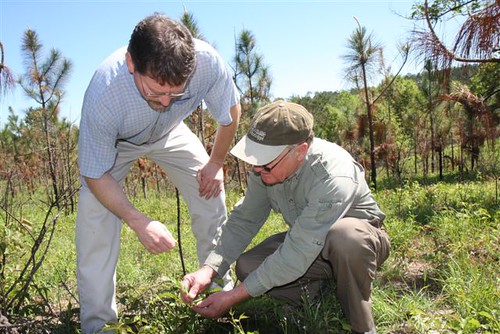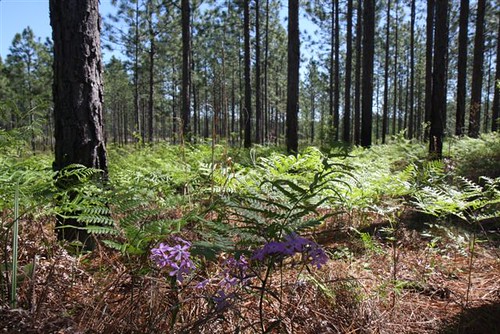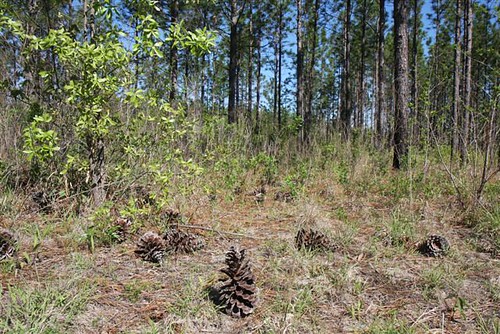
Mississippians know the strength of longleaf pines. These native trees braved Hurricane Katrina 48 percent better than their loblolly cousins. Even so, the ancient longleaf pine forests of the South are a threatened ecosystem.
These forests once dominated the region, spanning 90 million acres. Now, they cover just 3 million acres. As longleaf habitat disappears, so do many important and endangered species, like the gopher tortoise, which rely on it. The gopher tortoise is considered a keystone species in longleaf pine habitat, with more than 300 different vertebrate and invertebrate species relying on burrows dug by the reptiles for their homes.
Longleaf pine forests are home to at least 122 endangered or threatened plant and animal species. In addition, they can contain as many as 300 different species of groundcover plants per acre, and about 60 percent of the amphibian and reptile species found in the Southeast.

USDA’s Natural Resources Conservation Service (NRCS) wants to restore longleaf forests to their former glory with the help of landowners like Orby Wright of Purvis, Miss. The Healthy Forests Reserve Program (HFRP) offered by NRCS allows Wright to manage his tall stands of longleaf pines and the blanket of legumes and forbs across the understory of his Quail Hollow Ranch. HFRP is one of several programs in the tool chest of the Longleaf Pine Initiative, a nine-state effort to bolster longleaf pine forests.
Forbs are clovers, sunflowers, milkweed and other common wildflowers typical of the Mississippi forest floor. Both forbs and legumes provide sustenance and cover for a wide range of wildlife.
Wright purchased about 2,000 acres four years ago from a pecan company. The land boasts longleaf pines of different ages—some are decades old, while others are just saplings. With the help of NRCS, Wright has planted new longleaf pines while taking care of his older, taller trees.

A healthy longleaf pine ecosystem requires occasional fires. Many years ago, wildfires frequented the longleaf landscape, creating food for wildlife and providing other benefits. To help maintain this rugged habitat, Wright has installed fire lanes and carries out prescribed burns, all with NRCS’ assistance.
So far, NRCS programs have helped restore 1,641 acres of longleaf pines in Mississippi and assisted in prescribed burns on 1,812 acres. In Lamar County, where Wright lives, 669 acres of longleaf pines were restored in 2010.
Approved participants receive financial assistance for implementing conservation practices including planting longleaf pine, installing firebreaks, conducting prescribed burning and controlling invasive plants.
Find out more information about NRCS’ Healthy Forest Reserve Program or the Longleaf Pine initiative.
Check out more conservation stories on the USDA blog.
Follow NRCS on Twitter.


